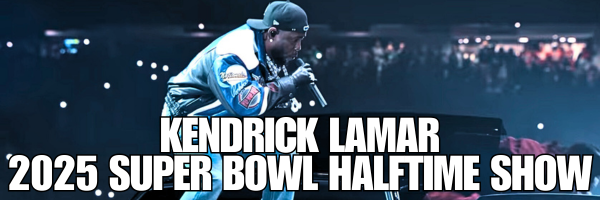
Kendrick Lamar’s halftime show was different. It was a full-on cultural moment. It was Hip Hop that wasn’t dressed up for the mainstream crowd. The Super Bowl halftime show is known for its spectacle. We’re talking fireworks, dancers flying from the ceiling, LED lights blinding you from your couch, etc.
This wasn’t some over-the-top, pyrotechnic-filled performance. Kendrick kept it fairly simple. He came out, mic in hand, and just rapped. No leaning into melodies and hooks, no flashy dance numbers to hide behind. It was straight-up bars. For 12 solid minutes, Kendrick held down the biggest stage in the world with a lyric-heavy performance.
In that regard, I get why some folks didn’t vibe with it. This wasn’t the kind of halftime show people are used to. If you’re expecting shiny costumes and choreographed chaos, yeah, it might’ve felt a little flat. But for core Hip-Hop heads that focus on bars? It was the kind of performance some always dreamed about. No gimmicks – just the message and the art form in its purest state. And on a stage like that? That’s powerful.
Kendrick made it clear he came with a purpose. He came to deliver a message when he led with “The revolution ’bout to be televised. You picked the right time, but the wrong guy.” It alluded to an upcoming bold, unapologetic commentary on the culture and America, to be delivered right in the middle of its biggest event.
Kendrick Lamar’s Super Bowl stage was a canvas layered with meaning. The grid-like layout symbolized how Black culture in America is often compartmentalized, celebrated when it’s trendy but criticized when it confronts uncomfortable truths. The dancers, dressed in red, white, and blue, formed a fractured American flag, symbolizing a divided nation that embraces Black culture while marginalizing Black people with K. Dot defiantly in the middle.
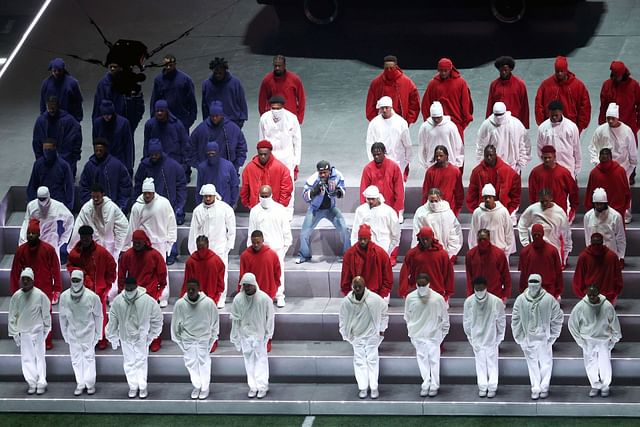
Then there was Samuel L. Jackson, dressed as Uncle Sam. But not the friendly, recruiting poster Uncle Sam. This Uncle Sam was a symbol of America’s critical, judgmental voice when he said “No no no no no! Too loud, too reckless — too ghetto! Mr. Lamar, do you really know how to play the game? Then tighten up!” This was that all to familiar voice that tells artists like Kendrick and Blackness to tone it down, be less Hip-Hop, less you. But Kendrick kept spitting, kept pushing, kept being exactly who he is. That’s the kind of defiance Hip-Hop was built on.
Even the guest appearances were strategic. SZA and Serena Williams weren’t just there for star power. Their presence added layers to the performance by adding subtle nods to personal histories and cultural dynamics. SZA and Serena both were exes of the target of Lamar’s most anticipated song “Not Like Us”. Serena Williams crip walking during the diss track was a message to Drake who has taken shots at her and her husband over the years and to people who judged Serena, a Compton, California native for celebrating a tennis win by doing the dance several years ago.
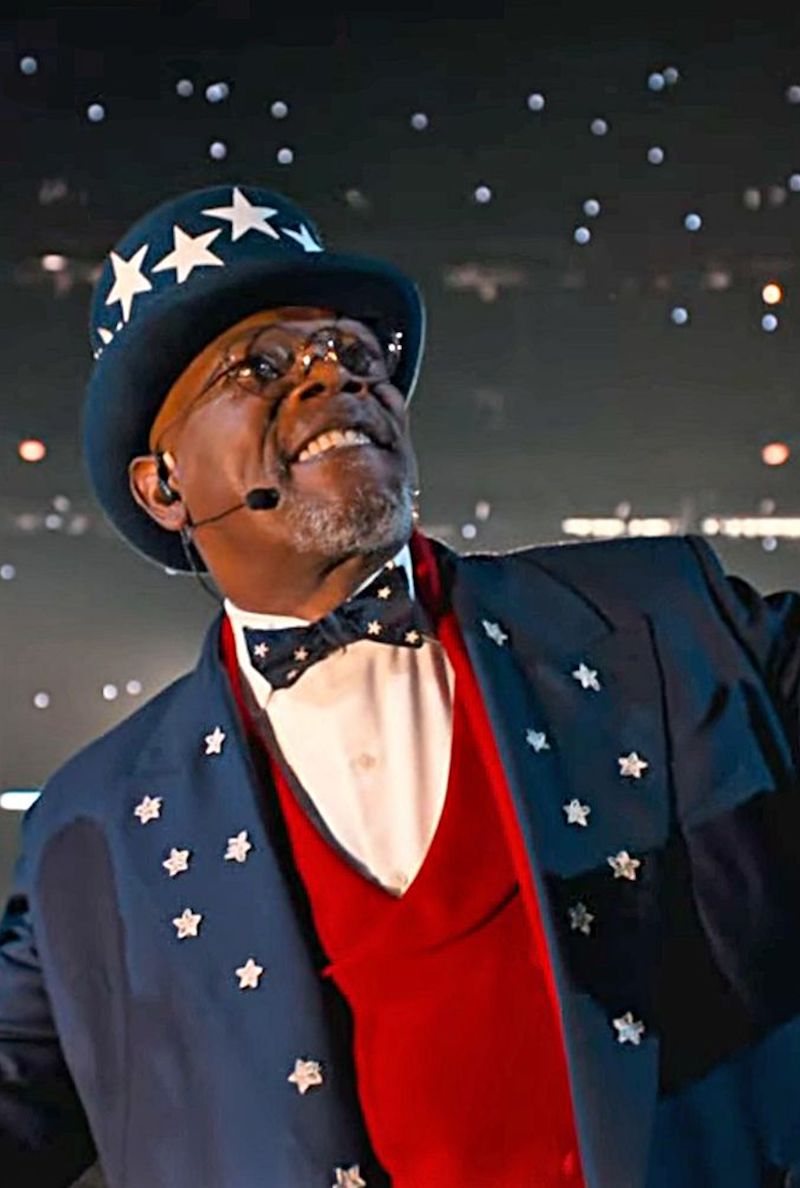
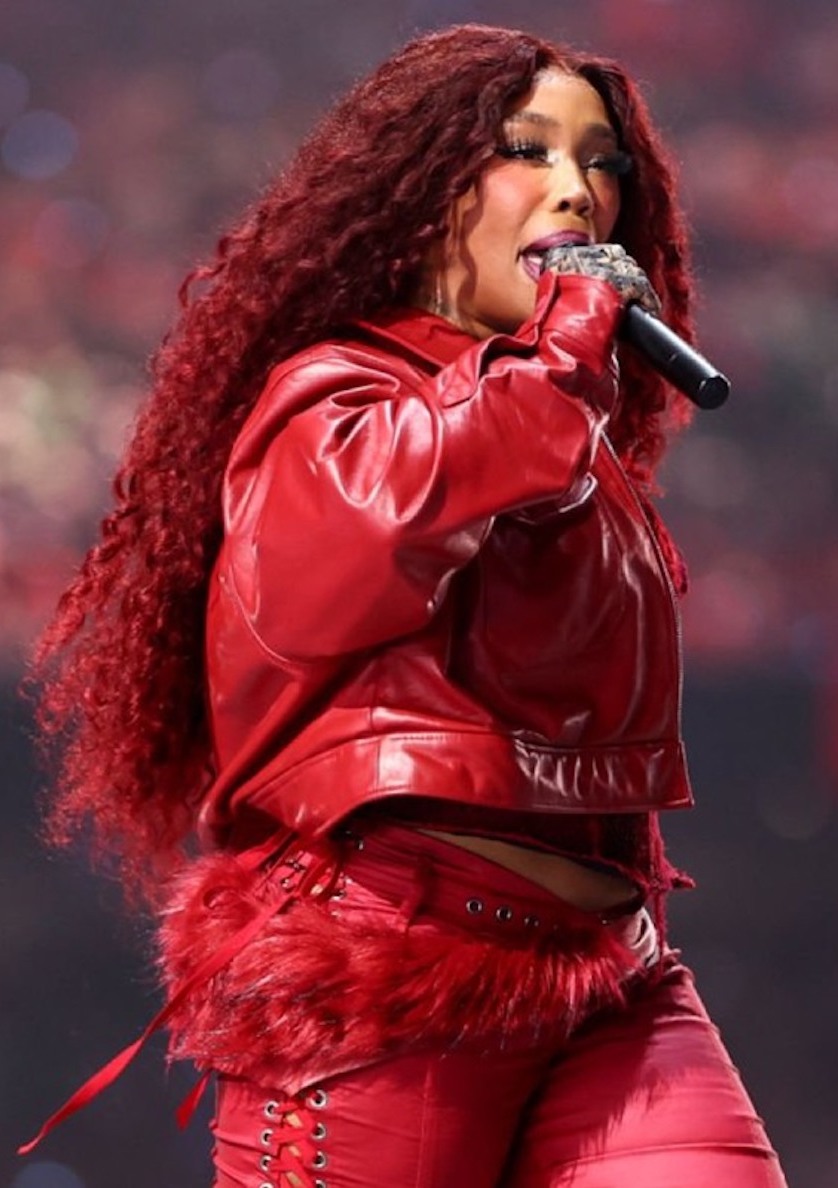
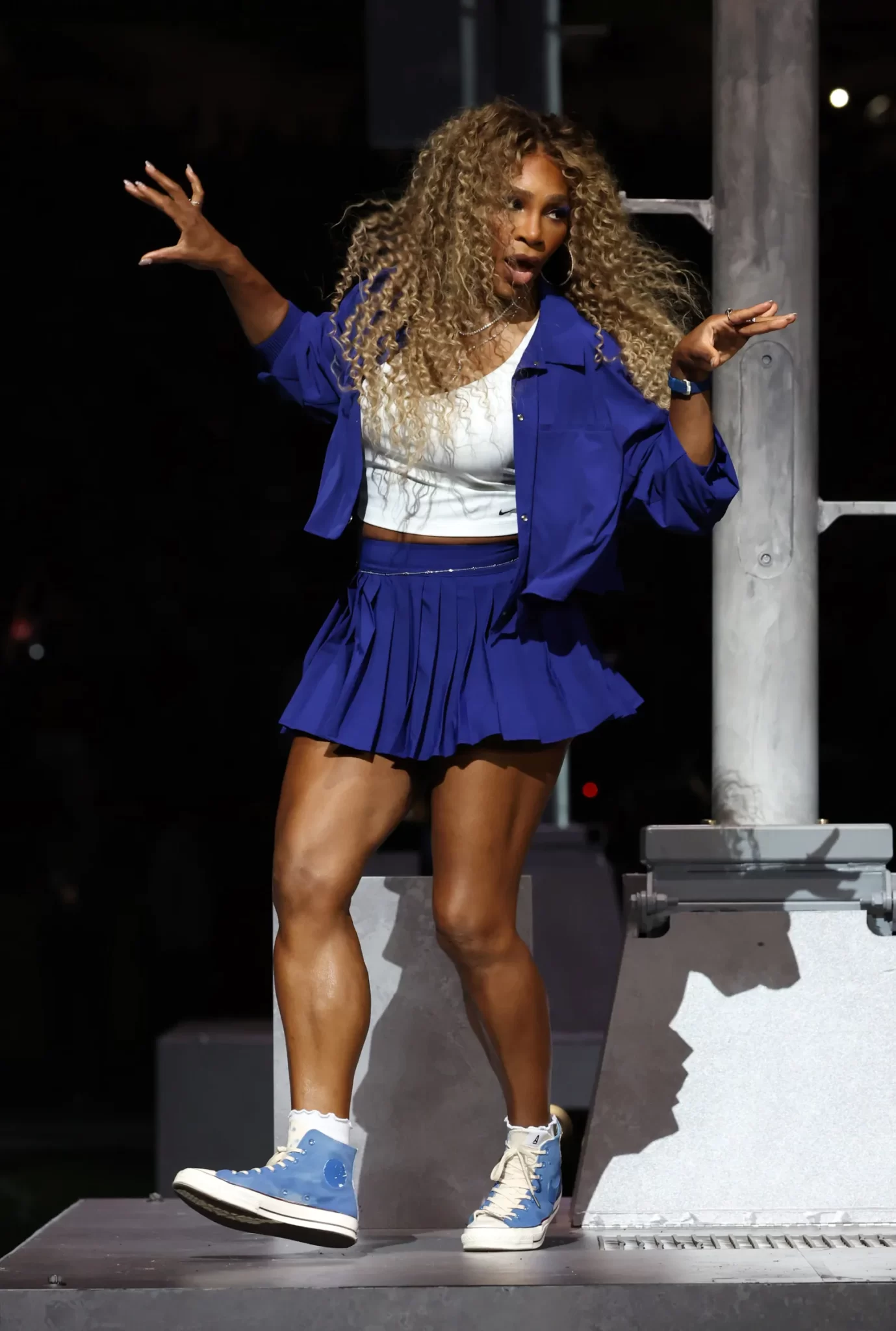
Speaking of the now-grammy-winning diss track, this was the moment that many anticipated. Kendrick performing Not Like Us at the Super Bowl was wild. I mean, think about it—a diss track, aimed squarely at one of the biggest artists in the world, performed at the most-watched event in America. That’s unheard of.
And Kendrick didn’t hold back. When he hit that line, “Say Drake, I hear you like ‘em young,” and stared directly into the camera with that grin? Man. This was a power move. It wasn’t just shade, it was a direct and broadcast to tens of millions.

When Kendrick hit the part about “a minor,” the whole stadium chimed in. It was like tens of thousands of people co-signing the diss in real-time. Drake had to be somewhere in Toronto feeling that one in his soul.
Kendrick knew what he was doing. He teased the crowd, addressed the lawsuit that Drake filed and made it seem like he might not perform it. But you could tell he was never gonna let that moment pass.
Kendrick’s performance was about how far the culture has come. We went from fighting for radio play to dominating the Super Bowl. From being told we were too loud, too political, too Black, to having one of the most politically charged, unapologetically Black performances in halftime history.
He showed that Hip-Hop doesn’t need to water itself down to fit into these spaces. The culture is the spectacle.
Of course, not everyone was feeling it. The reactions were split. Some people called it boring, said it didn’t connect with them. Others said it was the greatest halftime show ever. But that divide? It says more about the audience than the performance.
Let’s be real, some people just aren’t ready for what Kendrick brought to the table. This wasn’t easy-listening background music. This was thought-provoking, challenging, real Hip-Hop. And for those who aren’t used to that, it can feel uncomfortable. But that’s the point. Hip-Hop isn’t here to make you comfortable. It’s here to make you think and feel.
But the criticism wasn’t just about the music. It was cultural, too. Hip-Hop has always been a mirror to society’s issues like racism, inequality, and injustice. And when you hold up that mirror, not everyone likes what they see. Kendrick’s performance forced America to confront some uncomfortable truths, and not everyone was ready for that.
Kendrick Lamar’s Super Bowl halftime show was a cultural milestone. As the first solo hip-hop artist to headline this event, Lamar transformed the stage into a powerful exploration of Black identity and resistance. His set list included songs like “Be Humble”, “Peekaboo”, and “Not Like Us,” a track that has been described as a cultural anthem, asserting ownership over hip-hop and challenging those who view the genre merely as a business venture.
The performance also featured a collaboration with SZA on “Luther,” blending neo-soul, R&B, and hip-hop into a memorable experience. The show concluded with “TV Off,” leaving the audience with thought-provoking messages. This halftime show was a statement that the culture won’t be silenced.
The performance was seen by a combined 133.5 million viewers domestically across broadcast television and streaming platforms, surpassing Michael Jackson’s performance at Super Bowl XXVII in 1993 as the most viewed halftime show in the United States.
Kendrick Lamar’s Super Bowl performance didn’t just light up the field. It reignited the internet like it was the height of the beef all over again. The moment Kendrick performed Not Like Us, social media exploded. Memes, think pieces, reaction videos—you name it. It felt like the summer of 2024 all over again, when every new diss track had the internet in a chokehold. But this time, the stakes were even bigger because wasn’t just Hip-Hop fans tuning in; the whole world was watching.
Even brands couldn’t resist jumping in. Duolingo was egregiously petty, posting a short video of a small group singing “a minor” and another reviving the BBL Drizzy track, with an animation of their owl mascot growing a backside that turned into another owl. Incidentally, both Duolingo and Drake use an owl as their mascot. Shortly after these videos were released, Duolingo followed up with a statement and content claiming their owl was dead.
Seeing corporate America try to ride the wave was wild, but it showed just how massive the moment was. And let’s not forget the merch. The Internet is going to do what the Internet is going to do and make sure this event echoes far beyond the final whistle.
At the end of the day, Kendrick’s Super Bowl performance celebrated Hip-Hop in its purest form. A moment that stood in opposition to a broader mainstream society and present time that not only doesn’t embrace the culture but is actively pushing back against it and progress that has been made. A moment that showed the world just how powerful our conviction, our voice, our influence, and our art can be.
This wasn’t about making everyone happy. It was about staying true to the culture, true to the message, and true to the art. And Kendrick did just that.
Hip-Hop didn’t just appear at the Super Bowl; it dominated. And honestly? It’s about time.




Leave a Reply